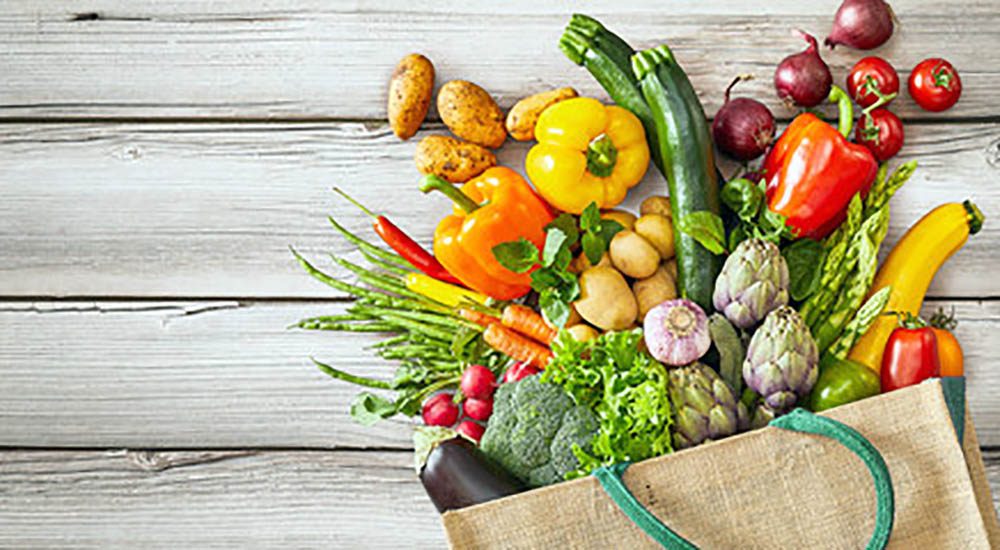The reasons to eat fruits and vegetables are plentiful. They provide fiber, are generally low in calories, and are packed with vitamins and minerals. But that’s only the tip of the iceberg. Less often discussed is their prebiotic component, a valuable ingredient that is essential for a healthy gut.
Prebiotics are special plant fibers, or the roughage of food. Our bodies cannot digest them. Instead, the fiber travels through our intestinal tract, and in doing so, creates a welcoming home for good bacteria – called probiotics – to survive and thrive.
Probiotics protect us by acting as a barrier from harmful substances, viruses, fungi, and the more dangerous bacteria that we ingest. Without prebiotics, the probiotics we eat (from yogurt, kefir, sauerkraut or other fermented foods) may die off.
Some foods with prebiotics
Some foods known to contain high amounts of prebiotics include apples, artichokes, asparagus, bananas, berries, green vegetables, legumes, onions, tomatoes and garlic.
Foods found on grocery shelves may also have added prebiotics to boost their fiber content, including certain cereals, granola bars, cookies and yogurt. It is not always clearly stated if prebiotics are added, but there are other ways to find out.
Look for these terms in the ingredients list: galactooligosaccharides, fructooligosaccharides, oligofructose, chicory fiber or inulin.
It’s a good idea to introduce prebiotic foods gradually to avoid potential stomach discomfort. For example, start by adding an extra serving of fruits and vegetables a day to help meet your needs.
You can eat them raw as snacks, like replacing a mid-day sweet with a fresh banana or crunchy apple. Sauté vegetables with your morning eggs or skewer them with a protein for savory kabobs. Keep frozen options on hand for busier days when cooking isn’t feasible.
If you’re hesitant about the taste of certain vegetables, remember that the cooking technique can completely change the flavor. Oven-roasting caramelizes the surface of vegetables, making them less bitter.
You’ll be an expert before you know it
Experimenting to discover new foods to enjoy is half the fun, even if a few pots and pans are scorched in the process.
VA’s Healthy Cooking at Home Cookbook has many recipe ideas to get you started. If you’re interested in learning more on this, or any other nutrition-related topic, contact your local VA to speak with a registered dietitian.
Topics in this story
More Stories
Study underscores important role COVID vaccination can have in protecting Veterans from infection and reducing long-term health consequences
Columbia VA’s robotic surgery teams completed their 800th robotic surgery and are on schedule to hit 1,000 by the end of the year.
In a decentralized clinical trial, Veterans can participate from their own homes or local VA instead of having to travel to a research site.







